|
Patrick S. Castagne composed the words and music of the National Anthem in 1962. The words of the National Anthem reflect the nature and the strength of the people of Trinidad and Tobago, our courage as one nation working toward living in unity despite our diversity.
Forged from the love of liberty, In the fires of hope and prayer, With boundless faith in our Destiny, We solemnly declare, Side by side we stand, Islands of the blue Caribbean Sea, This our Native Land, We pledge our lives to Thee, Here every creed and race finds an equal place, And may God bless our Nation, Here every creed and race finds an equal place, And may God bless our Nation.
0 Comments
His names, Nicholas Marcus, together mean victorious warrior of the people. This is probably why as a child, he was always an advocate. Two decades (and some years) later, after service to people, he is an award-winning social justice advocate and union leader in Canada. According to Nicholas Marcus Thompson, advocacy is his life’s purpose. He believes that “God took him from a tiny village and placed him across the world, in a position of authority where he can impact change in a meaningful way.” Here is what this poor boy from Piparo, Trinidad told MENtions:
_ I was born in the tiny village of Piparo, south Trinidad to an East Indian father and Afro-Trinidadian mother. Surrounded by forest, with no electricity and no running water, my early years were very humble. Despite growing up in poverty and surrounded by not so subtle racism, I fondly remember climbing trees, swimming in the river, catching conch, eating mangoes off the tree and eating some good bake and baigan choka. I also remember ‘getting licks’ (spanked) for stuff my little sister did. She would always get away with everything! Even with these happy memories and experiences, my childhood was very challenging. The predominantly East Indian village of Piparo, used to treat us as sub-humans (less than’s) and my grandfather would often call me an "ole n**ga". “That is how he does talk”, other relatives would dismissively say. My father, who had serious addiction issues and battled them for all of my childhood, did his best. He really tried. He loved us but had his own battles. Notwithstanding those unpleasant moments, I also remember him carrying me on his back as we walked home through the bumpy, unpaved, unlit road and cooking for us. My siblings and I walked at least five miles to school every day. We were grateful for the school feeding programme (“box lunch”) because we relied heavily on it to provide our daily nutritional needs. I remember some days carrying my box lunch to the fence to give to my grandmother so that she won’t go hungry. That memory still brings tears to my eyes every time I remember it. “God took me from a tiny village and placed me across the world” When I was eight years old, my mother left Piparo and moved to Morvant. My great-grandfather, whom I grew up with in the latter part of my childhood, was my role model. He was a World War II veteran and former police inspector in Trinidad. He taught me discipline, how to dress neatly and how to be a good family man. My faith has also been a guiding compass on my journey. I landed in Toronto as a teenager, ready to take on the world. God took me from a tiny village and placed me across the world, in a position of authority to incite change in a meaningful way. Those early years helped shape my character. Although there were many enjoyable and carefree moments, these years taught me how not to live: what not to do. “Children have the right to…” My birth names Nicholas Marcus mean "victory of the people" and "warrior". I sincerely believe that advocacy is my life's purpose. I remember in primary school my mother tried to search my school bag and I protested, declaring that "children have the right to...." As you can imagine, I did not get to finish that statement. In secondary school, the principal had to call my mother several times because I would organize the students and have them protest outside the office when there were moments of perceived injustice. When I learned of rampant corruption in the LifeSport programme under the TT Ministry of Sport, I was determined to act. “Where are the protests?”, I asked myself. When there was none, I organized a petition to then President and the Prime minister, calling for the dismissal of the then Minister of Sport. The petition went viral and several prominent figures started calling for the Minister's dismissal as well. Seven days later, the then Prime Minister announced the Minister had tendered his resignation. These are the things that fan my flame and encourage me to continue on my journey. “Public service is not for self-aggrandizement” My ethos for wanting to serve in elected office comes from the late Patrick Augustus Mervyn Manning, former Prime Minister of T&T. He once said that public office is not for self-aggrandizement. His humility and statesmanship have guided my decorum and the way I conduct my public life. The labour movement in Canada is predominantly white, and naturally I didn't see anyone that looked like me in senior leadership positions, so challenges were abound. While Canada in my view, is a much better place to live than the United States, there is systemic racism in many institutions. Recent events on anti-Black racism prompted me and so many others to act, leading protests in Toronto, calling on the city, province and federal government to act. Our actions of organizing and demanding systemic change is working, cities across the country are declaring racism a public health issue and defunding the police, allocating those funds into our communities is a closer reality. “First black person to win a nomination for that seat” At present, I represent hundreds of workers in the federal public service in Canada, as President and in 2019, I was nominated by a federal party as a Member of Parliament candidate in the federal elections. I was the first Black person to win the nomination for that seat. Electoral politics is where I believe that I can affect the most change, on a national level. Through my many years of advocacy and public service, my mother continues to be my biggest supporter in all things. She still doesn't tell me she loves me, like a lot of Caribbean parents, but her unwavering support reminds me daily. “We still don’t know how to look out for each other in a community way” While I was fortunate to have a great-grand father to look up to and a former Prime Minister, whose ideals guided me, I believe that there needs to be more role models and mentors for black men. That is something the black communities need to work on. I attribute that shortcoming to the rippled effects of slavery. We still do not know how to look out for each other in a community way. “Be open to everything: push yourself to learn every day” I found my passion and I aggressively pursue it daily but if you are at that point where you are still searching for a career path, it is important to first find your passion, which is usually your purpose. Read a lot, as it is the key. When I'm reading and I do not know a word, I look up the meaning and apply that word in a sentence later on. This simple but important task helps to ensure that I remain current and articulate. Be open to everything: push yourself to learn every day. If you're afraid of speaking publicly, challenge yourself to do it. Whatever it is that you're afraid of, challenge yourself to overcome it. ___ Nicholas Marcus Thompson is the first Black man to be elected as the President of the Union of Taxation Employees (UTE) Toronto North. He is also the Vice President of the Greater Toronto Area Council and the Co-Chair of the Racially Visible Committee at the Public Service Alliance of Canada. In January 2020, Nicholas Marcus was named Activist of the Year by the Public Service Alliance of Canada, Greater Toronto Area Council. In addition to his professional pursuits, Nicholas Marcus Thompson is also a dedicated father of three wonderful young children. He attends the University of Toronto where he studies part-time. Nicholas Marcus Thompson Union of Taxation Employees Public Service Alliance of Canada My mom’s face lit up a few weeks back, when I asked if she’d ever tried Sweet N’ Nice ice cream, since they’re both from San Fernando, Trinidad. It turns out that as a kid in the 1950s, she’d dash outside every time she heard founder Charles Neale pull up on his icebox trailer bicycle, sing-songing his sales pitch. “Sweet n’ Nice! Tell ya mudda Neale heah!” she called out to me, invoking her childhood version of the ice cream truck song.
Ice cream is a particularly nostalgic food—cold, rich and apt to stir reminiscences of indulgent grandparents and standout summers. And these are particularly nostalgic times, albeit a little bittersweet. A recent trip for a swirl of soft serve took me back two years to a weekend in Vermont, speeding across a lake in a friend’s well-worn motorboat with the urgent task of trying her favourite “creemee.” That’s what it’s called in that dairy state, where only deliciously high butterfat will do. Who knows when I might taste one again–or get a chance to see my friend of two decades. Two Trinidad-born women making ice cream this summer both know they’ve got eaters’ hearts in their hands. The first is a professional: Rosemarie Wilson, Neale’s daughter and vice president of production at the Canadian version of Sweet N’ Nice, which launched three years ago and has just become available nationwide. The other is a hobbyist, Toronto’s photo laureate Michèle Pearson Clarke, who ramped up her past-time to spread much-needed sweetness during the pandemic. Both take their treat-making seriously. Wilson knows she has big shoes to fill. Her father supported a family of 12 children with a beloved product, and it wasn’t just ice cream that made a permanent impression on his fans. My mom remembers Neale handing out scoops to every kid crowded around his bike, even those who didn’t have a nickel. “He loved children. He would never deny a child who wanted some ice cream,” says Wilson. Tropical flavours like rum and raisin are dear to immigrants’ hearts, and Wilson hopes to meet their expectations. “I want to get as close as possible to what I know back home, when you take that original coconut, crack the nut, hand grate it, squeeze the milk out, right?” says Wilson, of that iconic flavour. “I want to get the real cream from the coconut, because I know anybody from the Caribbean, this is what they’re looking for. They will critique it.” It’s easy enough to get the global flavourings she needs, she says, but finding the perfect ingredients takes tasting and time. Clarke, on the other hand, steers away from coconut (and mango) in deference to her ice cream mentor, an uncle in Antigua who pulled out his “old school churn-like machine” when they visited. “It is a very powerful early memory for me, of my uncle being like a wizard,” says Clarke, who goes for more esoteric mixes, like orange-cardamom, or salted watermelon. “I wouldn’t make coconut, because that to me is the most classic flavour.” The photographer started making ice cream as a hobby about five years ago, then ramped it up last fall, after befriending a chef who called on her to make dessert for dinner parties. By the beginning of the pandemic, she was in full swing, and began gifting pints to friends and neighbours. “To give out joy and comfort and indulgence during quarantine life is a nice thing to do, you know?”she says. Much of Clarke’s work involves understanding grief, particularly her 2015 video installation, Parade of Champions, which was inspired by the death of her mother. It’s an emotion she thinks we’re all overwhelmed with right now. “I think that the urge to create and bring something into the world is very much a way to cope with grief,” she says, about the frenzy of sourdough baking, tie-dyeing and garden planting that spread alongside COVID-19 How to make homemade strawberry ice cream Clarke dubbed her line Sugar Dandy. Always concerned with the visual, she asked graphic designer Lauren Hortie to come up with a logo. Wanting to couple its social media unveiling with a good cause, she put up her ice cream as the prize in a raffle benefiting a pandemic fund organized by the Toronto Prisoners Rights Project. The $2,360 she raised will go toward PPE for people who are currently incarcerated (and at extremely high risk of contracting COVID-19), as well as stipends for those who have received early release. Here, she shares a recipe for her Maple Butter Tart Ice Cream, as well as some tips for newbies. If that’s intimidating (or too much work), Sweet N’ Nice is available at supermarkets across Canada. Mango fans need not worry that Wilson’s creation will disappoint–she tasted a lot of purees to find the right one. “I wanted to make sure that it gives the taste of literally biting into the fresh mango off the tree,” she says. My mom did a taste-test and approves, and says Wilson got guava right, too. I, for one, plan on eating a lot of extra ice cream this summer. It’s a year that none of us will forget, and at least some of the memories should be sweet ones. Recipe: Maple Butter Tart Ice CreamSugar Dandy founder Michèle Pearson Clarke recommends starting with a coconut milk or condensed milk base to get a few successful batches under your belt, before moving on to attempt the custard base. That requires cooking the egg yolks, which can be a bit intimidating at the beginning. She also highly recommends using a candy thermometer for Step 4 when you get there, to reach exactly 170 F. Ingredients2 cups heavy cream 1 cup milk 1 cup maple syrup 1/8 teaspoon fine sea salt 1 teaspoon vanilla extract 5 egg yolks 3 pecan butter tarts (homemade or store-bought) Directions1. To concentrate the maple flavour, bring the maple syrup to a simmer over medium heat in a small saucepan, and let it reduce down to approximately 3/4 cup, or use as is for a milder maple flavour. 2. Add heavy cream, milk, cream, and salt to the saucepan; mix just to combine and dissolve salt, about 2 minutes and remove pot from heat. 3. In a medium bowl, whisk egg yolks until pale yellow; stirring constantly, slowly whisk one cup of the hot maple cream mixture into the egg yolks, then repeat with adding and whisking one more cup of hot maple cream mixture to the yolks. 4. Return the yolk/cream mixture back to the saucepan and gently cook over medium-low heat, stirring or whisking constantly, until custard thickens enough to coat the back of a spoon, and reaches 170-175 degrees on an instant-read thermometer. 5. Strain custard through a fine-mesh sieve into a clean bowl, stir in vanilla and chill mixture in a larger bowl with an ice bath, and then at least 6 hours or overnight in an airtight container in the refrigerator. Chop up butter tarts and freeze at least 6 hours or overnight on parchment paper. 6. Churn and freeze the custard in an ice cream machine according to manufacturers’ instructions, adding in the chopped-up butter tarts in the last few minutes of churning. 7. Transfer churned ice cream to an airtight container, and freeze until firm, about 3 hours. 8. Serve with an additional splash of maple syrup, and a pinch of Maldon sea salt. Source: Chatelaine magazine, August 13, 2020 According to the recent study of the Global Status of Reef Sharks, Tobago supports a higher than average number of shark species. Dr Anjani Ganase asks us to take note and institute measures to protect and conserve this diversity. A recent study on the global status of reef sharks has finally been published and confirms that reef sharks have a long history of heavy over exploitation. The study surveyed coral reefs from 58 countries around the world, including 18 in the Caribbean region. These surveys show that about 20 % of the reefs surveyed were devoid of reef shark species; these included the Dominican Republic and Colombia. Areas with lower shark numbers were more commonly associated with greater fishing pressures because of high local human population densities, as well as poor governance and management of shark fishing. The study also revealed which factors contributed to areas with an above average number of reef sharks. These factors include regulation on the restricted use of certain fishing equipment, such as gillnets and longlines. The gillnet is made of nylon that is spread through the water column trapping anything that crosses its path. Most fish get caught by their gills as the fish tries to back out of the net. Longlines use lines towed behind the boat with a series of baited hooks. Unfortunately, both methods have a very high by-catch rate, where unintended marine organisms such as turtles and dolphins are caught as well. Additional factors that help conserve sharks are the establishment of protected areas or shark sanctuaries, as well as enforcing catch limits. Blacktip sharks on coral reefs in the Red Sea. Credit: Warren Baverstock, Coral Reef Image Bank. IYOR 2018. For this study, the authors used the BRUV (baited remote underwater video) system where an underwater camera is attached to a baited cage and lowered to the reef bottom. The camera then records all marine life that approaches the BRUV including sharks and rays. The method is unbiased and removes the disturbances that can be caused by human divers. The BRUV method also allows places that are not easily accessible by humans, such as deeper sites and more exposed wave environments to be observed as well.
Trinidad and Tobago was one of the countries included in the study. In 2016, Environmental Research Institute of Charlotteville (ERIC) collaborated with Global Fin Print to survey three sites across Trinidad and Tobago - northeast Tobago, Buccoo and Toco using the BRUV technology. The project was supported by the Tobago House of Assembly, Division of Infrastructure, Quarries and the Environment, who granted the research permit, and by the fisheries officers from the Division of Food Production, Forestry and Fisheries, who assisted in the fieldwork. The results of the study ranked T&T as one of the countries with the lowest probability of observing sharks. This is not a surprise as reef sharks in Tobago are a rare sight. T&T has extremely poor fisheries management in general, in addition to our culture of eating shark. As part of the global study, the outcome of the study found that Tobago, compared to the rest of the Caribbean region, has a lower than average incidence of reef sharks via the BRUVs. On average, sharks were observed 25 % of the time using the BRUVS; in Tobago they were observed only 18 % of the time. However in Tobago, the diversity of shark species was well above average (regional average is five species, while in Tobago ten species were observed). The species observed include the Caribbean reef shark, smoothhound shark, nurse sharks, sharpnose sharks, as well as larger predators such as Tiger sharks and the critically endangered Great Hammerheads. Therefore, while low numbers were expected for T&T, the results also show that with the protection of areas and the regulation of fishing methods, Trinidad and Tobago can be a viable place for shark conservation, considering that a variety of shark species are still found on our reefs. While some of the results are sobering, the study highlighted that areas with high conservation potential are those that implement strategies such as fisheries management and establishment of shark sanctuaries. This requires close collaboration between government agencies and community. This is especially important for Tobago as we move towards implementing the approved National Protected Areas Systems Plan! - Ryan Mohammed, ERIC This is a comforting result when compared to my personal observations. Of the 200 or more surveys on coral reefs across 13 countries in the Caribbean done over nine months, my team only encountered five sharks. All of the sharks observed were found in marine protected areas in Belize and Bahamas. Reef sharks have really important and variable roles on coral reefs. Many of the roles vary with the species of the sharks. Tiger Sharks are an example of an apex predator that consumes large amounts of food and their prey includes marine turtles and smaller sharks; they really can eat anything that comes in their path. Conversely, Great Hammerheads feed on prey that lives close to the bottom, such as stingrays, where they use their head to pin down the ray. Both of these large shark species have very wide home ranges, roaming the ocean for over a thousand kilometres. Owing to their size, these large sharks play a role in transporting nutrients away from reefs to the open ocean. Smaller reef shark species, such as the Caribbean reef shark and Blacktips, have relatively smaller home ranges and reside within 50 km or even less of a coral reef. The presence of these sharks on coral reefs is fundamental to the proper functioning of healthy coral reefs by restricting overpopulation of species lower down the food chain. The diet of reef sharks is quite varied. Nurse sharks and Blacktip reef sharks feed mainly on shellfish, along with squid and shrimp. Caribbean reef and Blacktip sharks target fish and stingrays. Coral reefs benefit from this top down control in the food web to prevent the overpopulation of specific species. In return, coral reefs act as nurseries for certain shark species owing to the three-dimensional complexity of the reef that aids in providing refuge. Considering the high diversity of shark species in T&T, the development of an MPA and shark sanctuary along with regulations for the use of gillnets may drastically restore local populations. Tobago is one of the few destinations in the Caribbean where visitors can explore our coral reefs for shark encounters; another asset for marine research and tourism. Reference: MacNeil MA et al. (2020) Global status and conservation potential of reef sharks. Nature Source: Wild Tobago, July 30, 2020 |
T&T news blogThe intent of this blog is to bring some news from home and other fun items. If you enjoy what you read, please leave us a comment.. Archives
July 2025
Categories
All
|


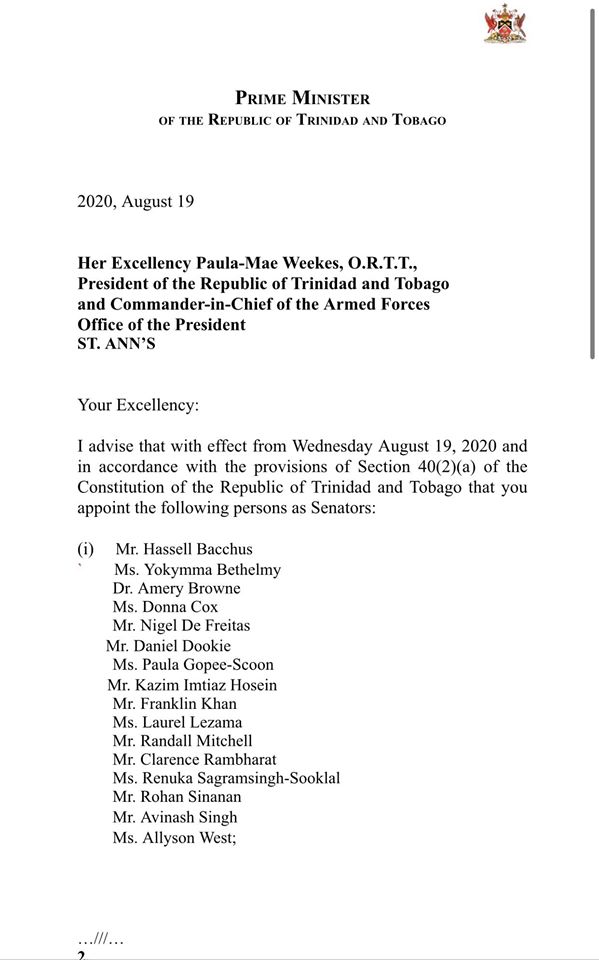
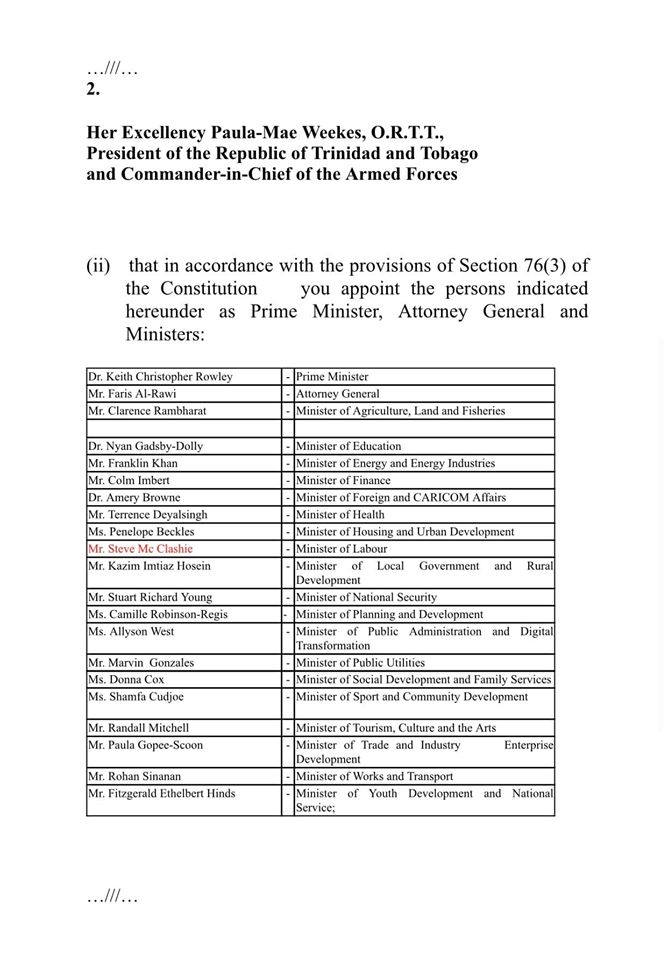
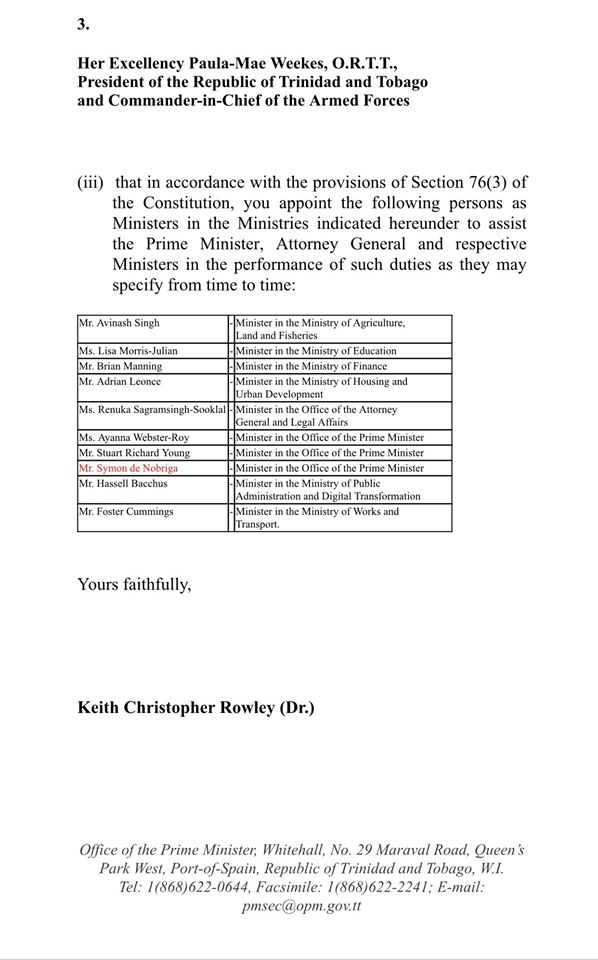

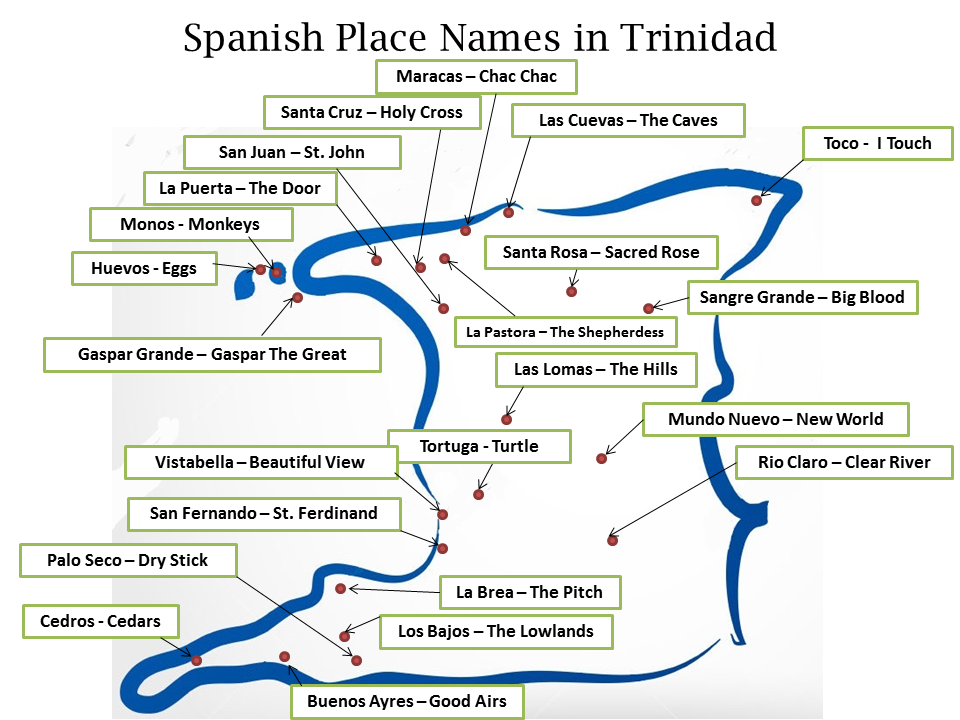
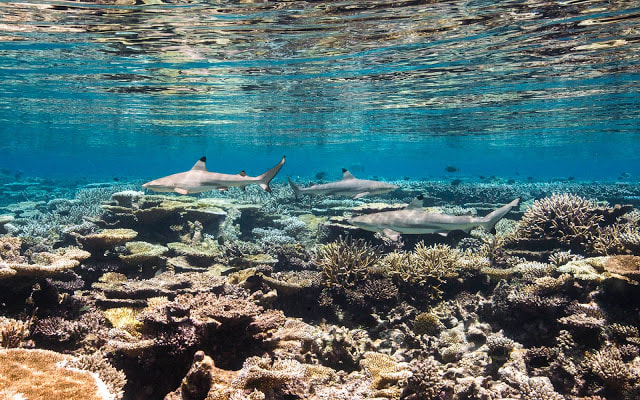
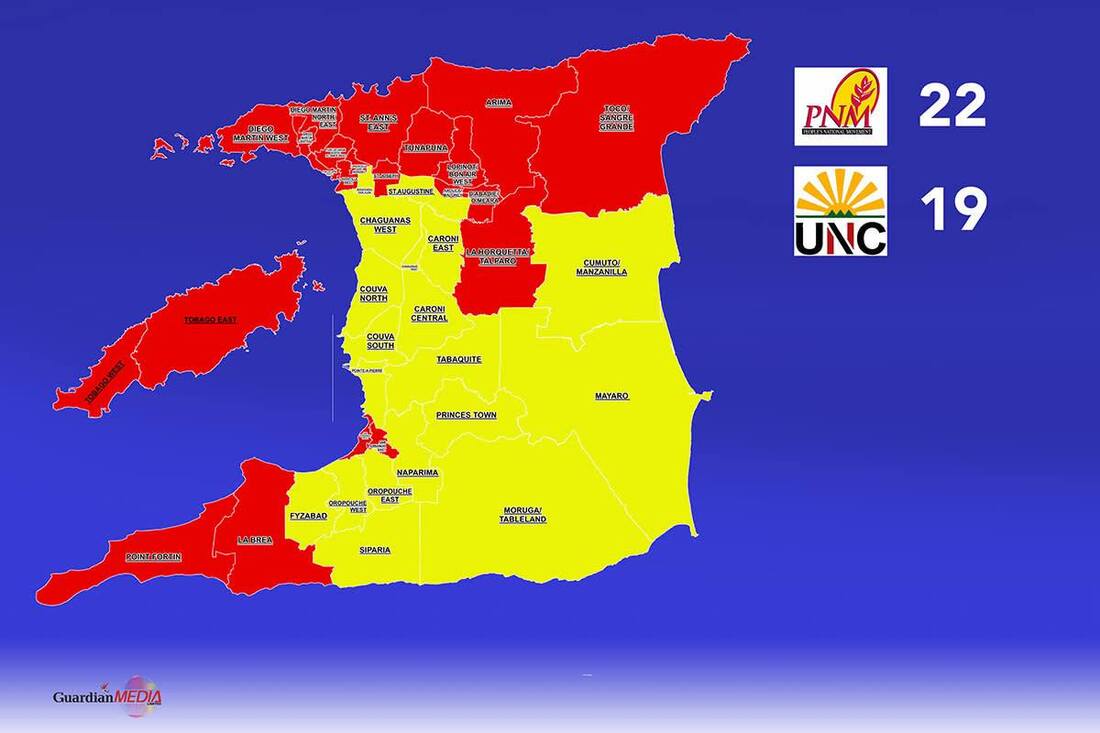

 RSS Feed
RSS Feed